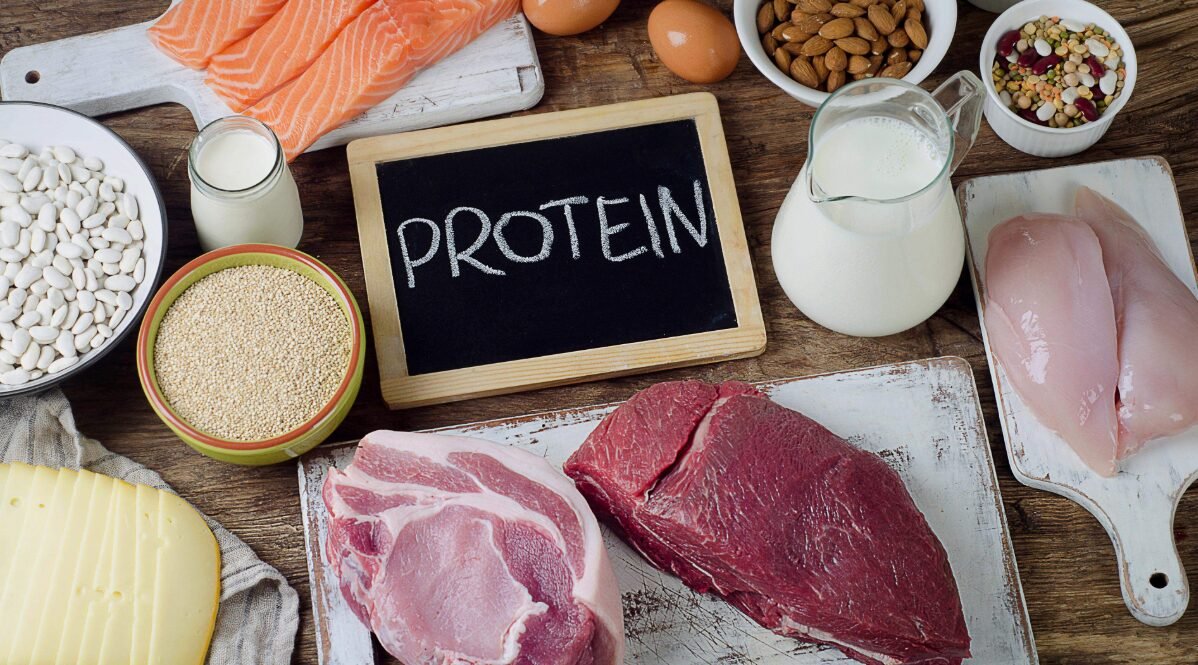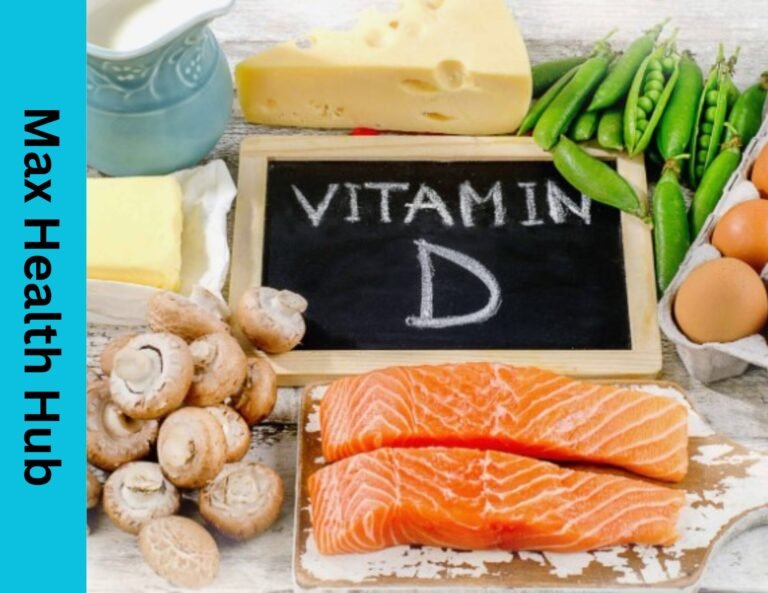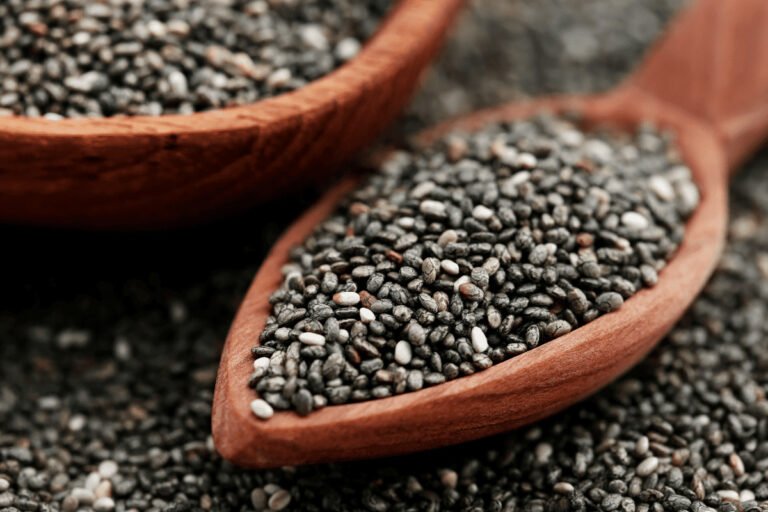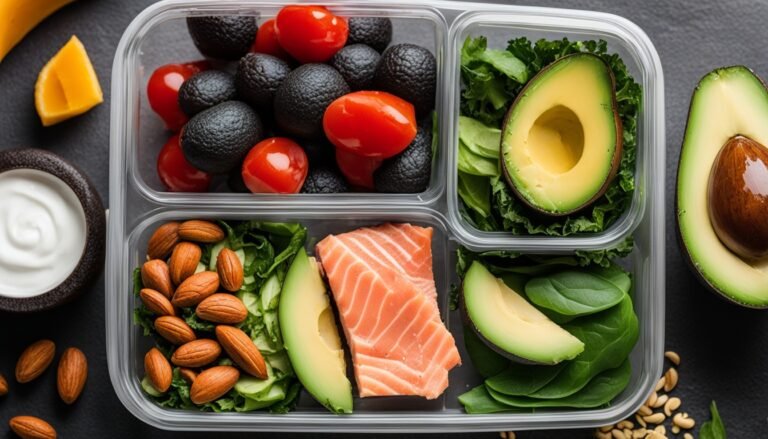Protein is NOT more satiating than carbs or fats: A look at science.
Proteins are considered a leading meal when it comes to a healthy diet, weight loss, dieting, and muscle building. It’s a common belief that after taking a protein-rich diet, people feel fuller for a long period as compared to carbs or fats. So, a lot of people suggest that you increase your protein intake; it will make you feel full and have a smaller appetite. However, the effects are not the same. Protein is NOT more satiating than carbs or fats; I am giving you a detailed article about the science behind this belief and its truths.
What is Satiety?
Let’s understand the meaning of satiety; it means the feeling of fullness after eating a meal. This means no urge to eat for a long time. Satiation means a feeling of fullness during eating that stops you from eating more. Several factors are involved in satiety:
- Hormones: Ghrelin, leptin, and insulin are involved in hunger and fullness.
- Energy Density: Calories per gram can affect how you feel after eating
- Eating Distension: The stomach sends a signal to the brain after eating, indicating fullness.
- Macronutrient composition: Protein, carbohydrates, and fats have their own satiety effect.
The Case for Protein: Why Is It Considered Satiating?
Thermic Effect of Food (TEF): Thermal effect of protein is higher as compared to carbs and fats. It means body use more energy to absorb, digest and metabolize protein that increase calorie expenditure after eating.
Hormonal Response: Studies show that protein increases the release of satiety hormones such as GLP-1 (glucagon-like peptide 1), peptide YY (PYY), and cholecystokinin (CCK) and reduces levels of ghrelin (the “hunger hormone”).
Increased Gastric Distension: High protein foods require more chewing and take time to digest, that increase gastric distension and feelings of fullness.
These factors contribute to the perception that protein leads to greater satiety than carbs or fats.
Why Carbohydrates and Fats Can Be Just as Satiating
The type of food eaten, how it is prepared, and individual metabolic variances can all affect how satiating fats and carbohydrates are, despite what the general public believes.
- Carbohydrates and Fullness: The Function of Fiber
When people talk about satiety, they frequently ignore carbohydrates, especially simple carbohydrates like sugars, which are known to induce sharp rises and falls in blood sugar levels. However, not all carbohydrates are made equal. Complex carbs can be very filling, especially if they are high in fiber.
• Slows Digestion: Foods high in fiber, such as whole grains, vegetables, and legumes, slow down digestion and prolong sensations of fullness. Specifically, soluble fiber can postpone gastric emptying by forming a gel-like material in the stomach.
• Blood Sugar Regulation: By releasing glucose into the bloodstream gradually, complex carbs help to avoid the abrupt insulin surges that might cause hunger. As a result, foods with a low glycemic index, like quinoa, lentils, and oats, can eventually increase feelings of fullness.
For instance, compared to other breakfast alternatives like eggs, which are higher in protein but lower in fiber, studies have shown that oatmeal, a carbohydrate source high in fiber, is more efficient at keeping people satisfied.
- The Effects of Fats on Satiety
Another macronutrient that is frequently disregarded when talking about satisfaction is fat. Despite having a higher calorie density than either protein or carbohydrates (9 calories per gram compared to 4 calories per gram for both), fats have a special function in fostering feelings of fullness.
• Slow Digestion: After a meal, the sensation of fullness may last longer because fats take longer to digest than both protein and carbs.
• Hormonal Response: Cholecystokinin (CCK), a hormone that tells the brain to decrease Appetite and enhance satiety, is released when fat is consumed.
• Energy Density: Although foods high in fat have a high-calorie density, they offer long-lasting energy, which helps postpone the start of hunger between meals.
Studies have demonstrated that meals high in fat can be just as successful in fostering fullness as meals high in protein, especially if the fats originate from foods high in unsaturated fatty acids, including nuts, avocados, and olive oil.
Comparing Satiety Across Macronutrients: What Does the Science Say?
Although protein is often considered the most satiating macronutrient, but scientific literature close look reveals mixed results. Satiety depends on the individuals, type of food consumed, and some other factors.
- Protein’s Role in Satiety: Overstated?
- Some studies support the belief that protein intake promotes greater satiety than carbs or fats while many studies are short term like on calorie-restricted diets or athletes. For example, a study in 2005 by weigle al found that higher protein intake led to greater reduction in Appetite and calorie intake compared to lower protein diets. However, the long term effects are less clear.
- Additionally, more recent studies suggest that the superiority of protein in promoting satiety may be overrated. The American Journal of Clinical Nutrition published in 2012 found that high-protein diets can reduce hunger in the short term, their effects on long-term satiety are less.
- Carbs and Fats Can Be Equally Satiating
- Several studies have demonstrated that carbohydrates and fats can be just as effective in promoting satiety compared to protein. For example, a study published in Appetite in 2013 found that the satiety rate of high carbohydrates and fats is similar to that of high-protein meals. In another research in The Journal of Nutrition in 2017 found that diets high in unsaturated fats from sources like nuts and olive oil were just as effective at reducing hunger as high-protein diets.
- The glycemic index of carbohydrates and the type of fats consumed play an important role in satiety. Low-glycemic carbohydrates, which cause a slower, more gradual rise in blood sugar, tend to promote longer-lasting fullness. Meanwhile, unsaturated fats are associated with prolonged satiety, thanks to their slower digestion and the release of satiety hormones.
High protein intakes were more satiating at first, but then people habituated to that to basically desensitize to the high protein intake, and it was less satiating after a period on the diet. The average requirement of protein intake for any individual is about l.6 g/kg per day. This intake is best for muscle growth and strength development. The triple sigma method has a safety mark of up to 1.8g/kg per day.
It seems that our protein metabolism is linked to our Appetite. The anabolism process like mTOR activation and downregulation of AMPK, that seems to stimulate an appetite suppressing response.
Conclusion
The belief that Protein is NOT more satiating than carbs or fats isan over simplification. While protein can play an important role in promoting fullness, it doesn’t mean the only macronutrient that influences satiety. Carbohydrates, particularly those high in fiber, and fats, especially unsaturated fats, can be just as effective at reducing hunger and prolonging fullness.
The key point is that satiety is influenced by multiple factors beyond just macronutrient composition, including the type of food, its preparation, portion size, and individual differences in metabolism and hormonal responses. Rather than focusing on a single macronutrient, the best approach to achieving long-lasting satiety and maintaining a healthy weight is to consume a balanced diet rich in whole foods that provide a mix of protein, complex carbohydrates, and healthy fats.
In the end, the question of which macronutrient is most satiating may be less important than the quality and variety of the foods you eat. A well-rounded diet that includes nutrient-dense foods from all macronutrient groups is likely the most effective strategy for promoting satiety, supporting overall health, and achieving sustainable weight management.







